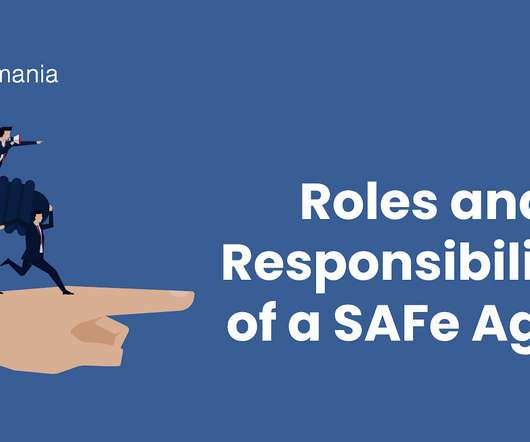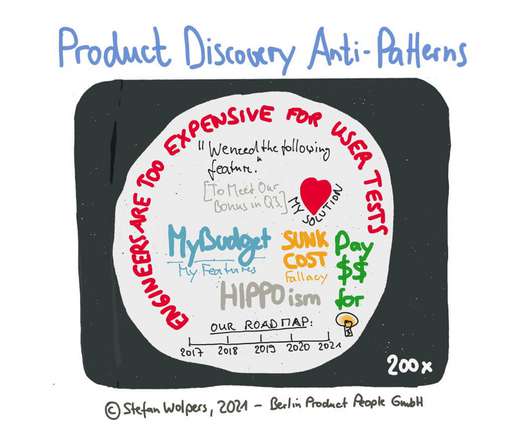SAFe Simply Explained (Part 1): Core Competencies and Principles
Inloox
JULY 1, 2021
Origin and Basic idea The Scaled Agile Framework was introduced in 2011 by Dean Leffingwell with the goal of taking advantage of existing agile methodologies and scaling them across the entire organization. Lean Agile Leadership: Managers are the very core of lean agile development and business agility.















Let's personalize your content